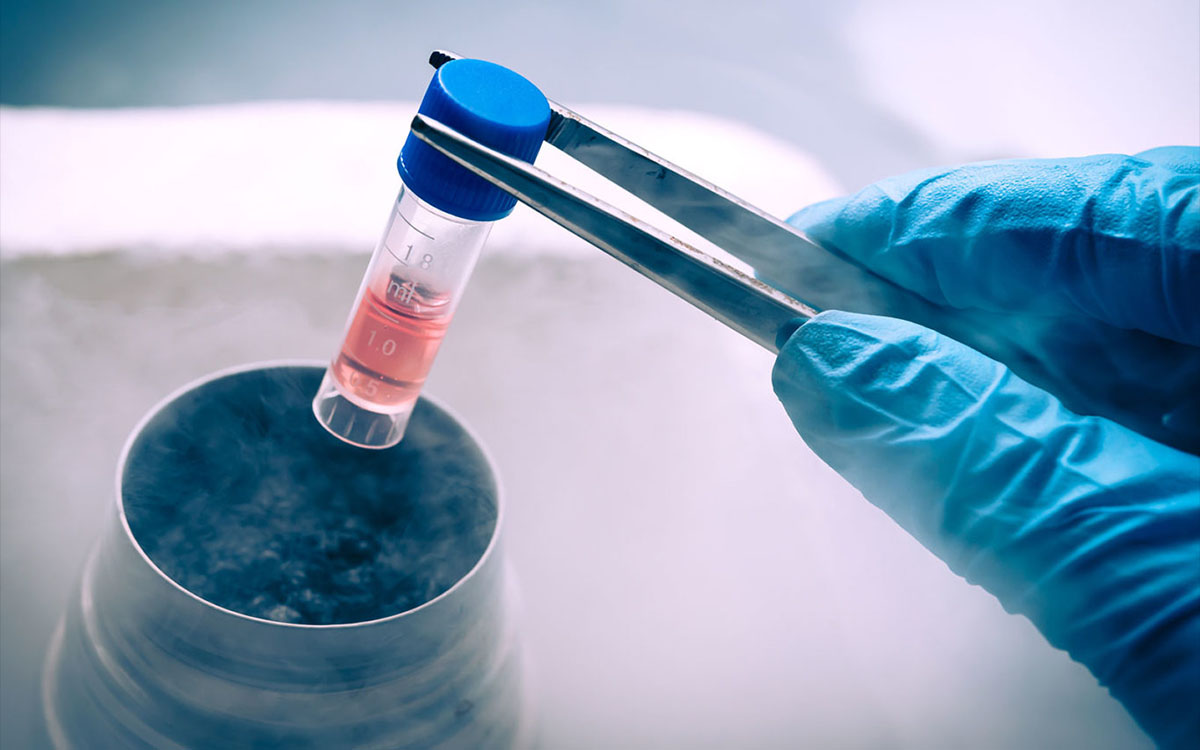why you may want to hold off on stem cell therapy for now…

Let me start this post with something seldom seen on this blog, a personal story. Just a couple of years ago, yours truly was doing a mixed martial arts drill. My opponent had at least 100 lbs. on me and as he tried tackling me, as was his job, physics and gravity let him power through a stance that was supposed to stop him from flipping me onto my back. Felling myself slide, I did what I was trained to do and improvised. Digging in my toes and dropping my weight as low as possible, I slipped out of his grip, pivoted, and managed to flip him over my shoulder and on his back. As he quickly rolled to get up, I managed to catch him with one hand digging into his neck and the other tearing at a tricep, setting myself up for a knee to his jaw. The trainer called time, we let each other go, and he stood up as I straightened myself out. Less than a minute later, it hit me. Every other drill would have to be done with a vicious, shooting pain in my back. After a long, exceedingly painful hour, I was laying face down on an urgent care exam table.
Movies often make feats of superhuman strength look easy, and although I had just pulled off a movie-worthy move, reality quickly stepped in to show me my place. On rainy days, my back is whiny, and if I walked around all day, I have to grin, bear it, and try not to reach for painkillers. I absolutely love doing MMA, but the last several months until I was urged to stop for a while had been supported by compression gear, Vicodin, and muscle relaxers. One of these days, I hope that my back heals up just enough to get back to fighting and if there was a therapy which could fix my back with little more than a 30 minute IV drip and one injection, I’d happily sign up for it, much like journalist Tyler Graham did when receiving stem cell therapy for his shoulder. There was a catch of course. The procedure Graham tried is still unproven, and the evidence of what it’s able to do is purely anecdotal. Patients are paying a lot of money to go to SoCal, have their fat processed by a doctor to induce it to turn into adult stem cells, and have it injected back into the site of tissue damage to seemingly miraculously fix whatever’s torn or worn out.
And that’s really the problem here. How do stem cells do what they do? We don’t know. There are plenty of ideas and trials are ongoing to figure out just how to control these cells’ restorative powers because the potential is revolutionary, to put it mildly. But because stem cell therapies a lot of doctors offer today are a crapshoot, it’s not entirely impossible that your treatment will do nothing at all as it’s attacked by your immune system as dangerous mutant cells to be killed for the sake of your health, or, even worse, result in a painful, malignant tumor. Both scenarios are known to have happened in the lab and in the field, and until scientists get a really good handle on how to perform stem cell treatments, it’s probably not a good idea to have one. This is really a textbook case for why we need basic science rather than maverick doctors willing to turn you into a human guinea pig for a substantial fee. Personally, I’m glad that Graham feels better and hope that he’s one of the lucky ones who’ve been helped. And while I understand his decisions, and appreciate that he was very lucid and skeptical of the whole thing, I won’t follow suit.





